When it comes to landscape photography, you can choose from a few different aspect ratios to give your photos the best composition. But which one should you use? And how do you determine what that is?
In this article, we’ll explore the different aspect ratios and how to choose the best landscape aspect ratio for your photography.
An aspect ratio is the relationship between the width and height of your image. This relationship is expressed as a proportion. Common ratios are 1:1, 3:2, 4:3, 5:4, 16:9, and 2:1. The ratios can go either way. A 3:2 aspect ratio is the same as 2:3.
A 1:1 aspect ratio means that the height and width of your image are the same. You have a square. A 3:2 aspect ratio means that one side of your image is 50% longer than the other. A 3:1 aspect ratio means that one side is three times the length of the other.
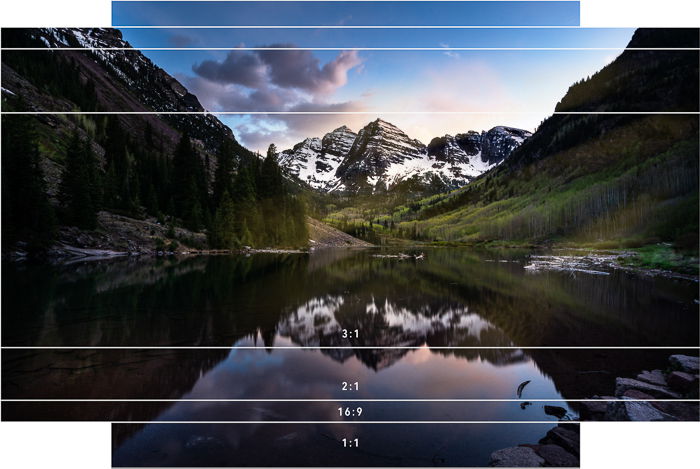
Comparison of aspect ratios of 1:1, 16:9, 2:1, and 3:1. Notice what is included and what is cropped out of the frame.
The image can be in landscape orientation, where the width is longer than the height. Or portrait orientation, where the height is longer than the width.
Both can work in landscape photography. If there is more vertical interest, consider portrait orientation. If there is more horizontal interest, landscape orientation is your best choice.
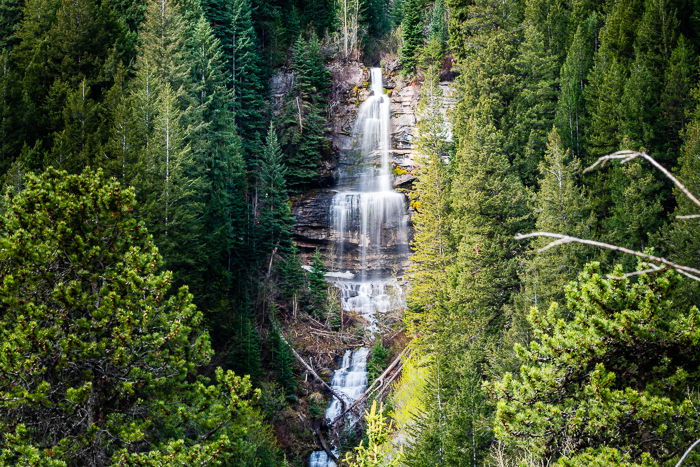
The visual interest in this landscape is the vertical waterfall. Shooting it in landscape orientation means including a lot of the surrounding forest. This makes the waterfall look smaller in comparison.
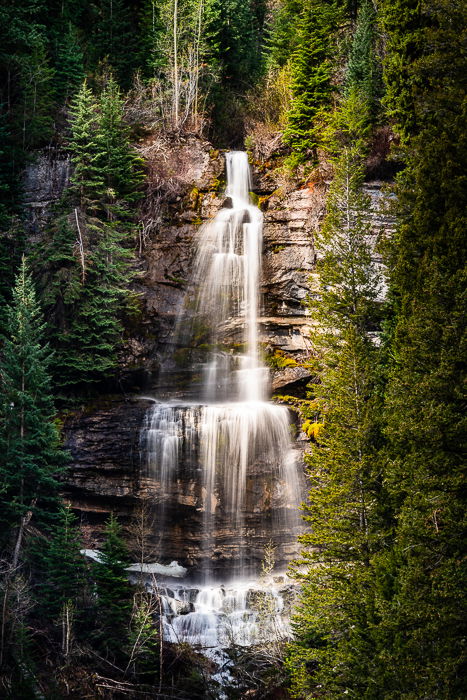
In portrait orientation, zoom in on the vertical waterfall to make it the central feature of the image. Of course, you can still see the surrounding forest, but it doesn't take up such a large percentage of the frame.
Your camera has a default aspect ratio. For many cameras, this ratio is 3:2. Using a Micro Four Thirds system, your camera shoots in a 4:3 ratio ("micro four thirds"). This is also the ratio used by iPhones and other mobile cameras.
Your camera uses this ratio by default, but you don't have to keep that image shape. Some cameras can switch out of their native aspect ratio. The iPhone, for example, can switch easily between 4:3, 1:1, and 16:9.
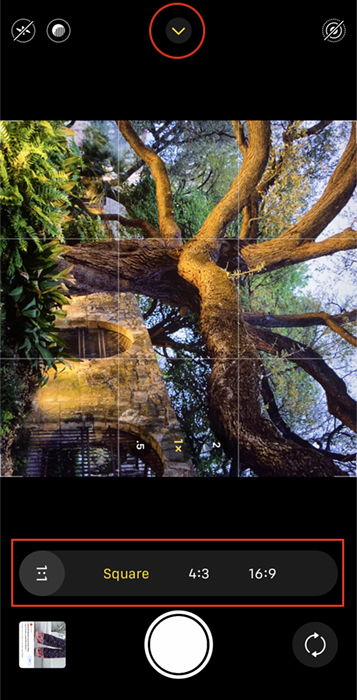
The iPhone camera lets you switch between aspect ratios
In the field, it’s helpful to be able to visualize how the composition looks with different shapes. But many photographers use their camera’s native aspect ratio in the field. Then, they change the image shape later in post-processing.
But have an idea of what frame shape might work best before you take the shot. There is nothing worse than finding out later that you didn't leave enough room for cropping. You want to capture enough of the scene to allow flexibility in post-processing. Many photo editing programs have aspect ratio cropping presets built in.
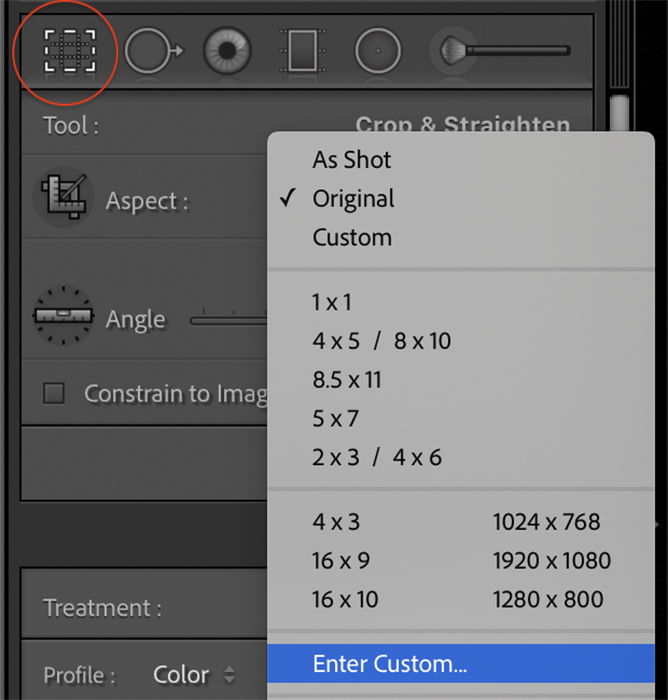
Screenshot of the Lightroom Crop tool. Lightroom includes aspect ratio presets, or you can make a custom size.
There is really no best aspect ratio for landscape photography. The best ratio depends on where the visual interest is in your composition. Each of the standard aspect ratios has pros and cons. Some will work better with some scenes than others.
Look for foreground elements. Also, pay attention to how much the sky contributes to the overall composition. Some image shapes give you too much sky in landscapes. If the sky is not interesting, then including it waters down the impact of your photo. If the sky adds nothing to the image, use a different aspect ratio and crop it out.
If most of the visual interest lies left to right along the horizon, use a shape that emphasizes the width of your photo. A panoramic aspect ratio like 16:9 may be best. If there is both vertical and horizontal interest, use a ratio that balances the height and width. An aspect ratio like 4:5 may be best. This may happen when you have a foreground element or when your photograph includes an interesting sky.
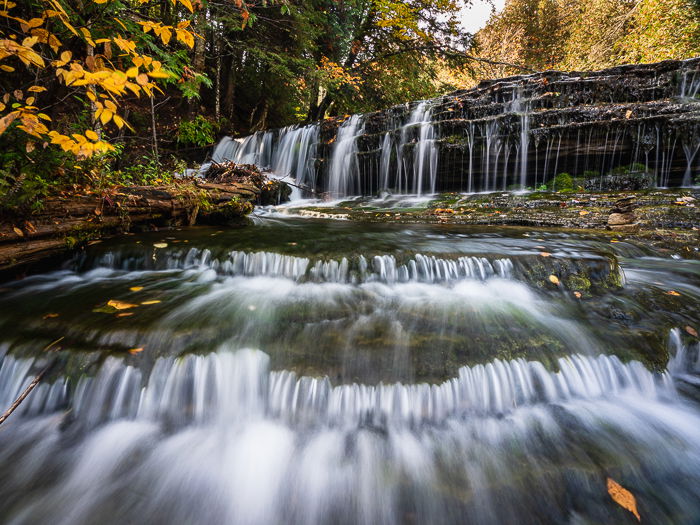
This image has both vertical and horizontal interest. The aspect ratio of 4:3 emphasizes both.
Let's start with the square 1:1 aspect ratio that is popular on Instagram. This image shape was also very popular with medium-format film cameras. Use this shape when there is a clear center of interest. Also, when there is equal visual interest vertically and horizontally. The focus is on a central subject.
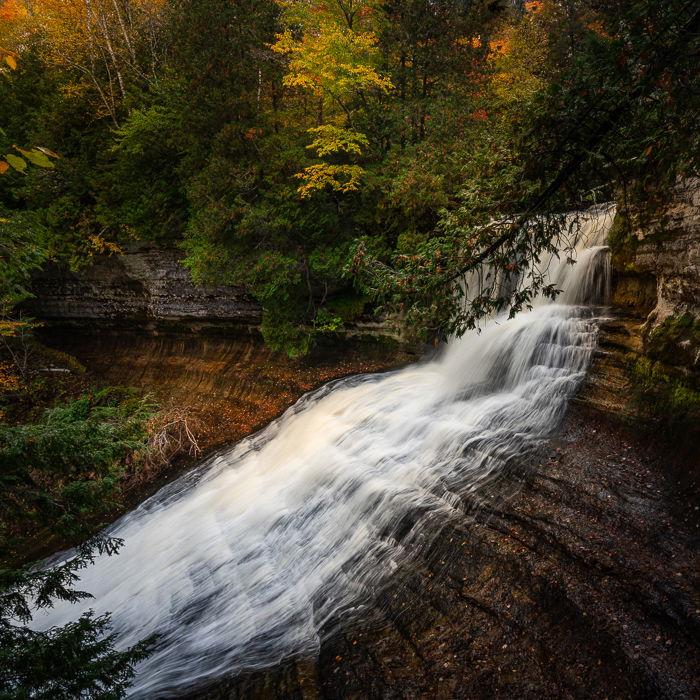
An aspect ratio of 1:1 works best for images with a central feature that is interesting both vertically and horizontally.
Many of the common aspect ratios are rectangular. One side is longer than the other, but they may be almost square. Use one of these ratios when there is both vertical and horizontal interest in the scene.
You may have a landscape stretching across the horizon. But you may also have an interesting sky or a foreground element. If there is depth to your image, choose an aspect ratio that has some height and width.
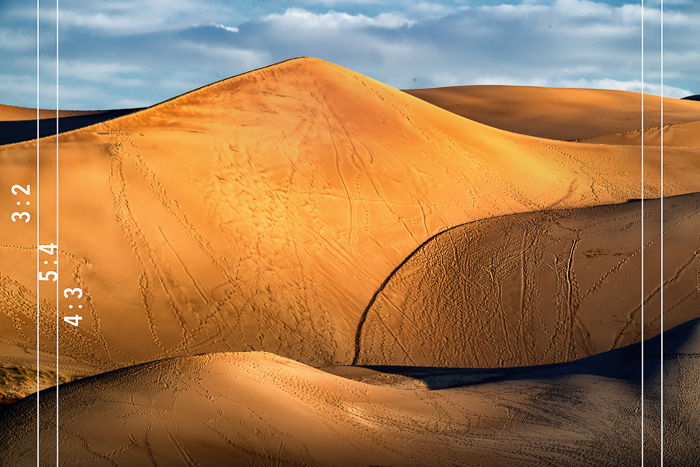
This landscape has a lot of height as well as horizontal interest. Compare the original 3:2 aspect ratio with a crop for 5:4 and 4:3 aspect ratios.
When we describe a photo as panoramic, we are not talking about one aspect ratio. Many ratios fall into the category of panorama. The thing that links them together is a long, thin shape, usually in landscape orientation.
A common ratio for panoramas is 16:9. But 2:1 (16:8) is also common. You may have other panoramic options like 16:10 or 3:1.
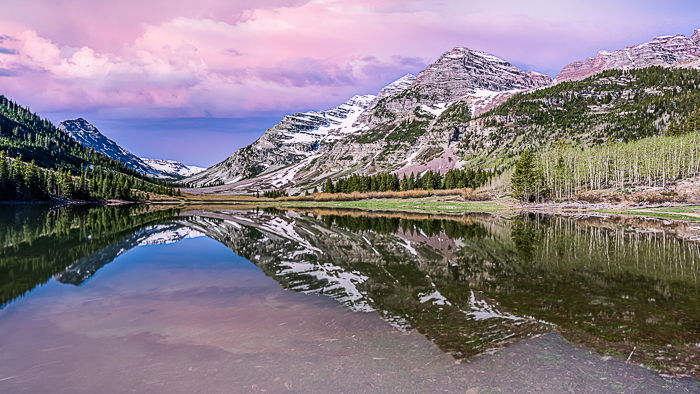
The interest in the mountain and reflection lies along the horizon, making it a perfect scene for a 16:9 panorama.
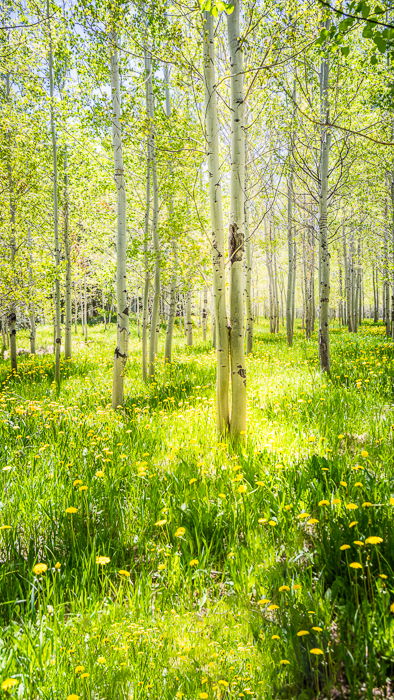
A panorama in portrait orientation may be the right shape when the landscape has a narrow, vertical interest.
Every image has a width-to-height ratio. But the relationship does not have to conform to one of the common ratios. There are many common aspect ratios, but you do not have to use them. You can crop an image to any shape you want to enhance your unique composition. You do not need to cut off anything of interest or include non-interesting aspects of the scene.
It is more difficult to print and frame images with non-standard shapes. But if you primarily show images online, then using a traditional aspect ratio may not matter.
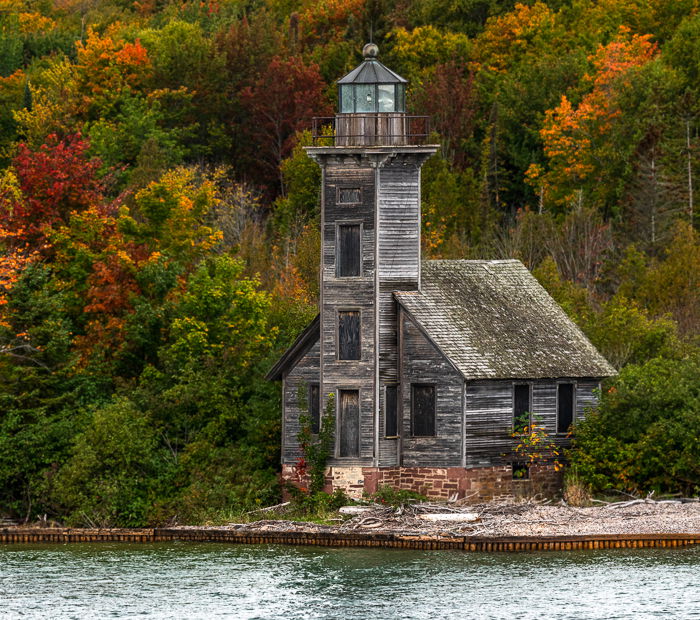
You can crop to any shape you want, even if it does not conform to a standard aspect ratio.
There is one more thing to think about when choosing an aspect ratio for your landscape photo. The plan to print and frame your landscape photos also impacts the shape you choose. Common aspect ratios on cameras do not necessarily equate to common printing or framing sizes.
One of the most common aspect ratios in digital photography is 3:2. You can print images that are 6×4, 12×8, and 18×12 inches. You can print these, but it may be more challenging to find mats and frames for these prints. The 4:5 ratio is much more common in framing. The sizes for this aspect ratio are the widely available 8×10 and 24×30 inches.
Printing square prints is more common in the Instagram world. But panoramas will be more challenging to print and frame. Printing a non-standard image shape likely needs custom mats and frames. This can become expensive. Or consider adding whitespace around the image to create a standard shape.
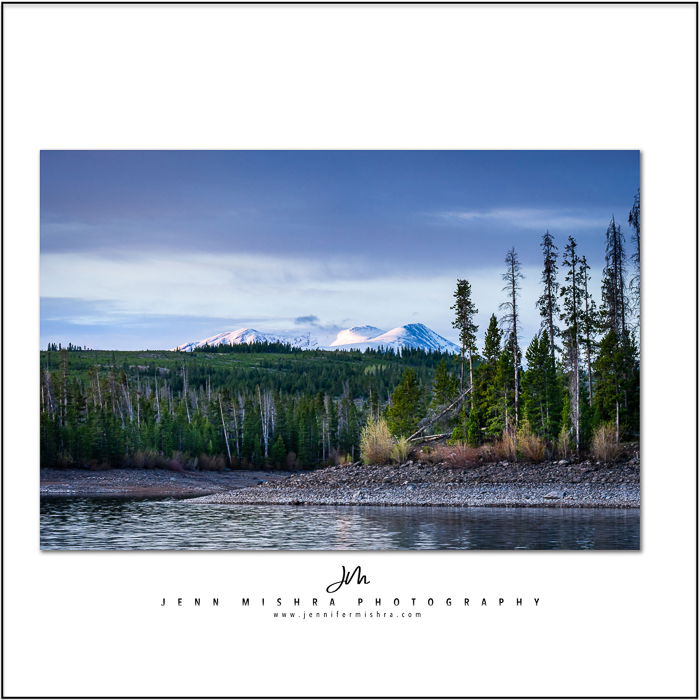
Add white space around an image to make it a more standard shape for printing and framing.
Selecting the best aspect ratio to use for your landscape photos depends on the composition. The shape of your image should enhance the composition and keep your viewer’s attention in the frame. You may find yourself gravitating towards one aspect ratio. Or you may vary aspect ratios for different scenes.